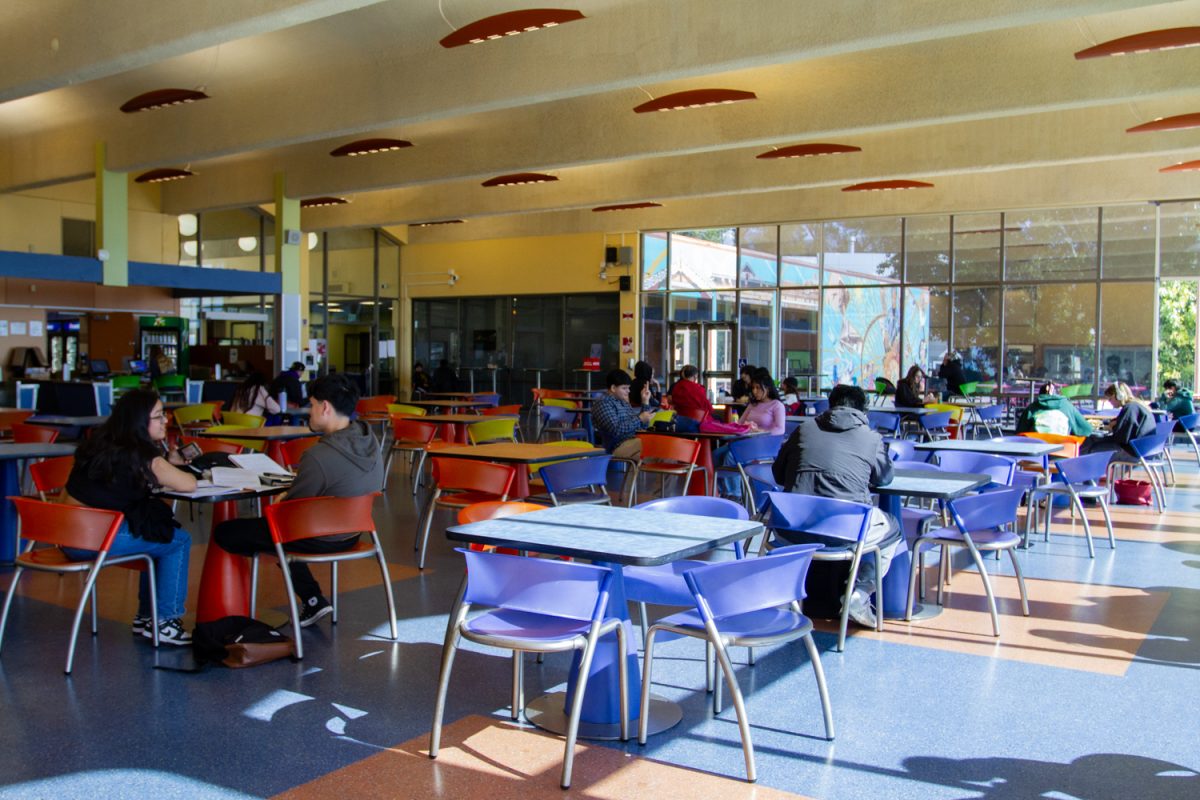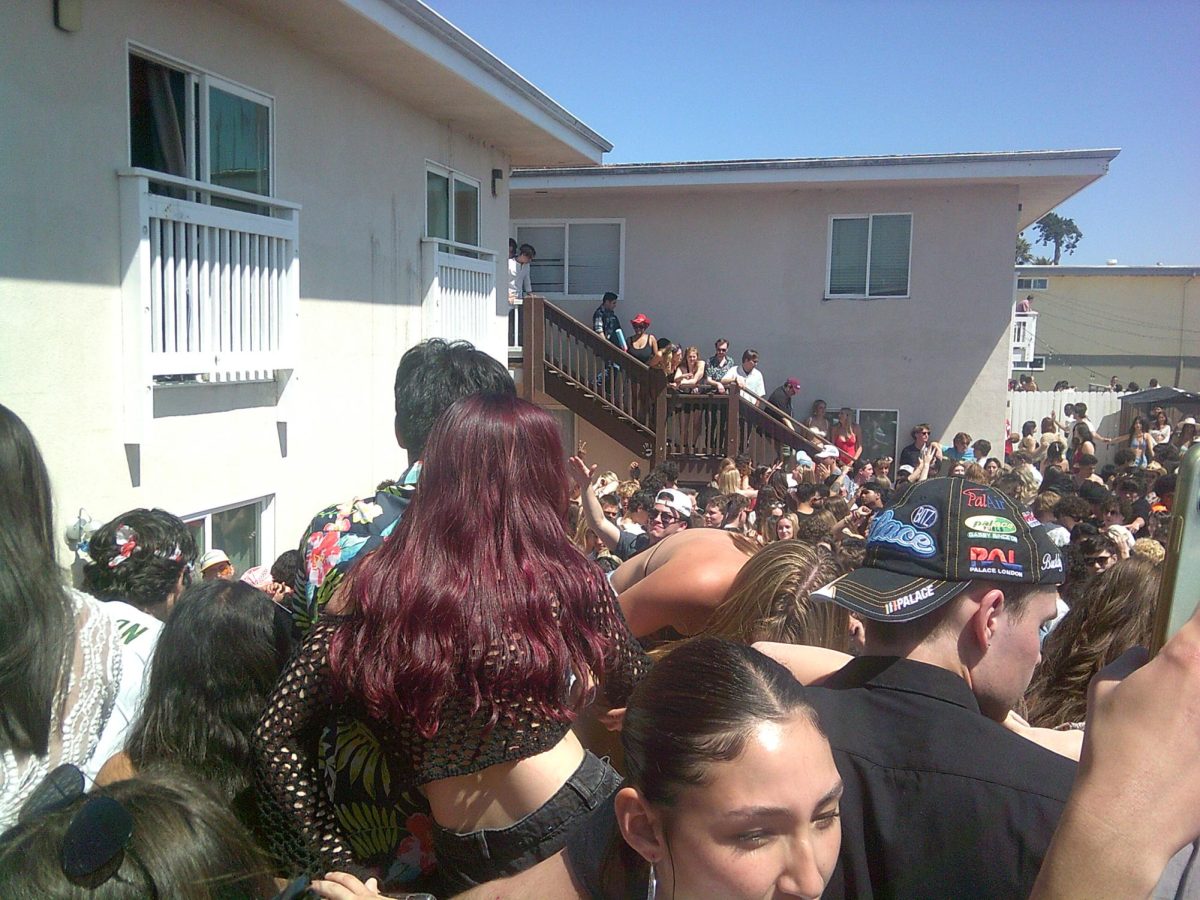Santa Barbara is among the most expensive cities in America, and with housing vacancies rapidly declining, people are being forced to either pay more for less or leave the community altogether.
Although residents enjoy clean air, a temperate climate, and a highly-coveted coastal atmosphere, many are exchanging their hard-earned money for substandard housing. According to recent reports, only about 3.5 percent of Santa Barbara apartments are vacant. This is well below the “5 percent threshold” set by experts to represent an equilibrium in the market between renters and owners.
This illustrates two major issues. For one, residents are paying more for less. People are cramming into substandard housing for an average of about $1500 for a one bedroom apartment, often sacrificing basic necessities like laundry and parking. Landlords facilitate this by failing to maintain their units, knowing that people will desperately cram into just about anything. As a college town, we have a constant flow of outsiders blindly moving into an already impacted market and being taken advantage of by cheap landlords.
Secondly, young, educated people in the community are moving out in droves as costs are becoming too high. Many students are uprooting from Santa Barbara upon graduation, despite meeting the requirements of having good credit and earning a monthly income that is three times the rent.
Ultimately, our economy suffers if the city can’t house its young professionals. We cannot foster economic growth if businesses can’t afford to bring in new employees. What’s more, small businesses suffer as the buying power decreases.
In response to this crisis, Santa Barbara needs to start building more housing. This is critical to both accommodating new Santa Barbara residents and replacing the old housing which is no longer valuable.
But to vote in more housing, the majority must be on board. Long-time residents are some of the least likely to support new developments, as their immediate concerns lie in preserving the city they once knew. Many of them don’t understand the issue because they’ve paid off their houses years ago, before the problems arose.
This poses a potential threat to the community if preservation is not met with our basic housing needs. While we must prioritize accommodating the desires of those who have been here the longest, we cannot allow them to prohibit communal growth.
We are piling in people faster than we can manage. With limited housing stock, prices soar, the community suffers and we lose valuable young professionals in the meantime. So for all the students who plan on staying here after school, I would pay close attention. This may affect you more than anyone.







